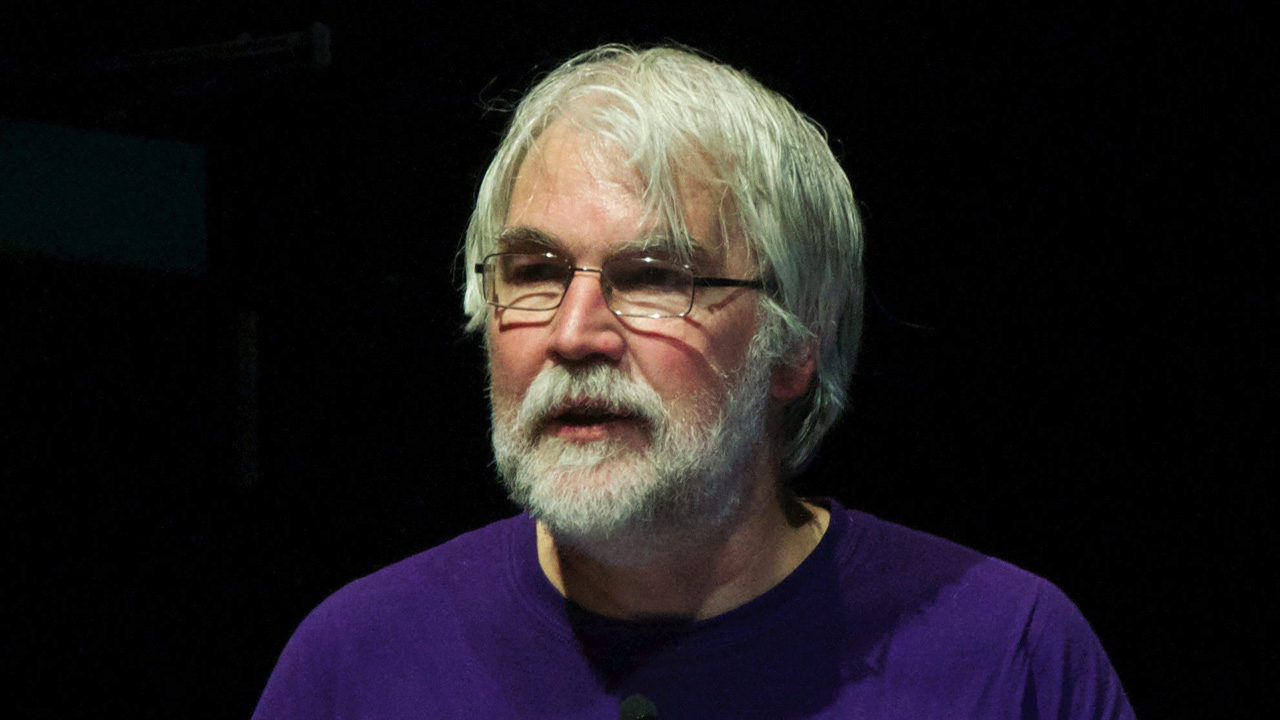Developments in Smart and Secure Cyber Infrastructure for Science
May 5th, 2015

About
EVL visting scholar and professor at the University of Amsterdam, Dr. Cees de Laat presents research conducted by the System and Network Engineering (SNE) laboratory in the Informatics Institute of the Faculty of Science
Tuesday, May 5, 2015
11:00 am
Science & Engineering Offices
851 S. Morgan, Room 1000
Abstract: The landscape of cyberinfrastructure for research is rapidly changing. There is a move towards virtualized and programmable infrastructure. The cloud paradigm enables applications to use computing resources at different places and optimize workflows in either bringing computing to the data or the other way around. Programmable networks allow networks to be utilized in unprecedented ways to create application-specific Internets. This talk presents the latest developments in the Research and Education Networks to support Big Data sciences.
Download Presentation Slides
Biography: Professor de Laat chairs the System and Network Engineering (SNE) laboratory in the Informatics Institute of the Faculty of Science at University of Amsterdam. Research in his group ranges from optical and switched networking and workflows for processing of big data in PetaScale e-Science applications, Semantic Web to describe e-infrastructure resources, information complexity, Authorization architectures and Systems Security & privacy of information in distributed environments. Prof. de Laat serves on the Lawrence Berkeley Laboratory Policy Board on matters regarding ESnet, is co-founder of the Global Lambda Integrated Facility (GLIF), founder of GRIDforum.nl and founding member of CineGrid.org. His group is/was part of EU projects SWITCH, CYCLONE, ENVRIplus and ENVRI, EuroBrazil, Geysers, NOVI, NEXTGRID, EGEE, and others. He is a member of the Advisory Board Internet Society Netherlands and Scientific technical advisory board of SURF Netherlands.
See a snapshot of his scientific career.